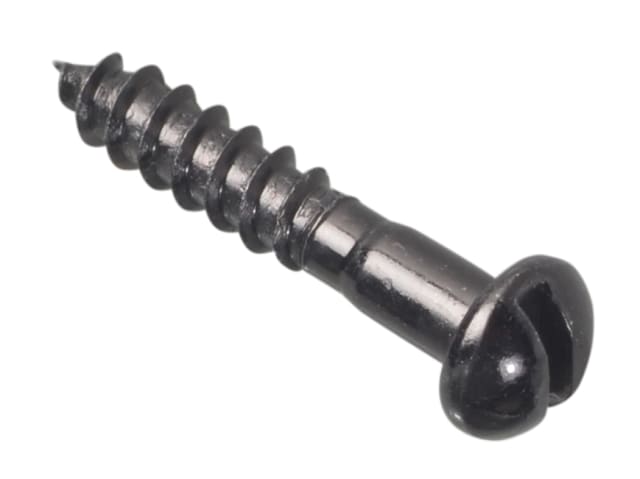Screw Head Types and Their Uses
Screws are used for a variety of applications – connecting, fastening, securing – and with different materials – usually wood, metal or plastic - and if you don’t know too much about them it’s fair to say they might all look the same. Of course there are small variations in size, length, thickness and shape, and it is important to understand these variations are absolutely critical to how successful your application will be. So the first note to make is that you should make the effort to understand the different types of screw, what makes them different and what applications they are most suitable for.
There are four main features of a typical screw; the head, the shank, the thread and the tip. These all have different functions which combine to make certain screws suitable for certain applications. In this guide we are going to look at the different types of screw head.
The basic features of a screw head
Screw heads are designed mainly in accordance with the type of tool you are going to use to drive the screw into a material, and we shall look at these in detail in a moment. But there are other features to note also. Screw heads will either be countersunk or non-countersunk.
Countersunk screws are designed to sit flush with a surface and have a tapered or angular underside. Non-countersunk screws will sit proud of a surface and can be a variety of shapes, usually rounded, domed, oval, mushroom, cap or button shaped, and they will be flat underneath and not tapered. So countersunk screws are usually used for applications where aesthetics are important and you don’t want to see the screw above the surface, such as on furniture, while non-countersunk screws are used with other applications where appearance is less important, such as on machinery and equipment.
Different types of screw head
The most common types of screw head are:
- Slotted screw head – This is a simple slot which runs across the full diameter of a screw head. This is probably the oldest and most traditional form of screw head, and is used mainly now for hand-driven applications, and hence, isn’t as popular as it used to be and also doesn’t provide the most powerful connections, because of this manual requirement. However, at one time the slotted screw head was the only type available. Many slotted screws are flat in design and used for things like handrails, where the screw is flush and there is no snagging on clothes or hands. Also, the edges of the slot can ‘strip’ or become widened by repeated use, which affects the strength of the screw and will eventually render it unusable.
- Phillips screw head – Also known as a ‘cross head’ screw, the Phillips screw is perhaps the most popular for today’s applications. It is a simple cross which provides four points of contact and hence gives a stronger hold than a slotted screw. However, you can use a slotted screwdriver in a Phillips screw, but obviously a Phillips screwdriver will give you better torque. The cross on a Phillips screw head can also strip and become worn, to the point where the cross becomes a rounded hole in the middle, at this point it will be difficult to maintain any strength in a hold.
- Pozi screw head – This is very similar to a Phillips/Cross headed screw, but in addition to the standard cross, the pozi screw has a second, feint cross at a different angle, which actually provides eight points of contact. This improves the torque ability, gives more grip and more stability when driving into a material and hence, is more versatile than some other screws.
- Hex headed screw – The hex headed screw is usually non-countersunk and domed above the surface, it has a hexagonal shape on the top of the head in which a hex driver can sit, usually an Allen Key. The hex head screw is good for working in tight or restricted areas where there isn’t much room to apply torque with a standard driver. The hex head is also very good for withstanding vibration, and hence is commonly used in machinery.
- Torx head screw – Torx head screws are relatively new and are less common than most other screws. The torx screw head has a six-pointed star shape on the head, but this larger surface area is very good for achieving torque and hence provides a very strong hold. However, torx drivers are not very common, so this is a more specialist type of screw head.
- Square headed screw – The square headed screw head, not surprisingly, will suit a square-headed driver, but will also suit a slotted screwdriver if it is used in a diagonal orientation across the square shape fitted into the screw head. Although the square headed screw is not very practical for tight spaces, because of the type of tool you need, it does provide a very strong hold, because the square tool fits very securely in the head. Hence, you often need less square screws for an application than you would other screws, and therefore square screws can make an application more affordable.
Our range of quality screws and fixings at MB Direct
We have a vast range of screws and fixings at MB Direct which are suitable for a wide variety of applications. These include all the screw head types we have talked about above, as well as other fixings, such as nails and nuts and bolts.